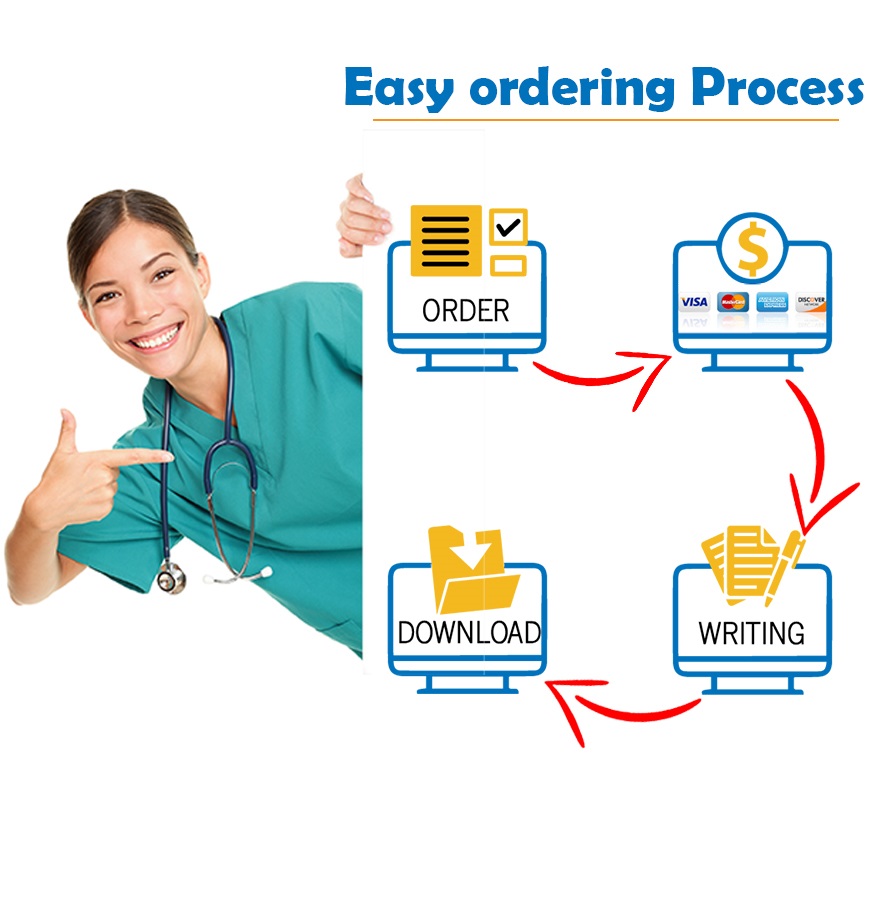the “problem statement” and conclusion, communications homework help
1- What is the relationship between the “problem statement” and conclusion? What is a conclusion in relation to the writing process? In your post, you write, “To me when a person says they are making a recommendation, they are simply putting their input on what the conclusion should be…” However, how does our text distinguish between a recommendation and conclusion?
2- In the context of the assigned readings on making a recommendation or conclusion, how would you define each and how are these acts distinguished from each other? For example, is the following statement a conclusion or recommendation: “On the basis of its track record and current price, I believe that this company is an attractive buy”? Why?
3- what are some strategies that you use to avoid plagiarism while conducting research? How do you ensure that you have provided proper attribution for ideas that are not your own?
4- there are ways to ensure that secondary sources are credible, and I wouldn’t jettison them just because they are secondary. What are some ways that you can verify that your secondary sources are credible?
5- Can you think of secondary sources that have in fact illuminated or clarified a primary source?
6- In the context of the assigned readings, is a solicited or unsolicited proposal likely to bring in more clients or customers? Why are unsolicited proposals a more challenging means to obtain customers?
7- What are some of the questions you might ask when assessing the credibility of a source? Why must we be rigorous in vetting our sources before using them?
8- Why must the introduction of an unsolicited proposal include a statement of the problem or opportunity that the proposal addresses?
9- How do you implement the “you attitude” in your writing? How does analyzing your audience help you to integrate the “you attitude”?
"Looking for a Similar Assignment? Order now and Get 10% Discount! Use Code "GET10" in your order"



